The Illustrated GPT-OSS
OpenAI releases their first open source LLM in six years
OpenAI’s release of GPT-OSS is their main open source LLM release since GPT-2 six years ago. LLM capabilities have seen dramatic improvements in this time. And while the model itself is not necessarily a jump in capabilities compared to existing open models like DeepSeek, Qwen, Kimi, and others, it provides a good opportunity to revisit how LLMs have changed in this time.
Difference From Previous Open Source GPT Models
GPT-OSS is similar to previous models in that it’s an autoregressive Transformer generating one token at a time.
The major area of difference in a mid-2025 LLM is that the tokens they generate can solve far more difficult problems by:
Using tools
Reasoning
Being better at problem solving and coding
In the following figure, we see that main architectural features, which are not a major departure from the current crop of capable open source models. The major architectural difference from GPT2 is that GPT-OSS is a mixture-of-experts model.
If you want to understand more about the architecture, we go over it in detail and lots of visuals (and exclusive animations!) in our free course How Transformer LLMs Work.
Using the the visual language we introduce in the course for attention, the GPT-OSS Transformer Block looks like this the following figure.
Note that little of these architectural details is particularly novel. They’re generally similar in the latest SoTA open source MoE models.
Message Formatting
For many more users, the details of the behavior and formatting of the model’s reasoning and tool calls are more important than the architecture.
In the following figure, we can see the shapes of the input and output to the model.
Messages and Output Channels
Let’s break this down by looking at the three main types of users of an open source LLM:
End-users of an LLM app
Example: Users of the ChatGPT app
These users mainly interact with the user message they send and the final answer they see. In some apps, they may see some of the interim reasoning traces.
Builders of LLM apps
Example: Cursor or Manus
Input messages: These builders get to set their own system and developer messages — defining general model expected behaviors and instructions, safety choices, reasoning level, and tool definitions for the model to use. They also have to do a lot of prompt engineering and context management in the user message.
Output messages: builders can choose whether to show the reasoning traces to their users. They’ll also define the tools, set how much reasoning
Post-trainers of LLMs
Power users who fine-tune models will have interact with all message types and format data in the right shape including for reasoning and tool calls and responses.
The latter two categories, builders of LLM apps and post-trainers of LLMs benefit from understanding the channels concepts of assistant messages. This is implemented in the OpenAI Harmony repo.
(If you find this type of explanation helpful, be sure to check out best-selling book with over 300 figures explaining LLMs at this level of depth, and the Github repo currently at 14K stars)
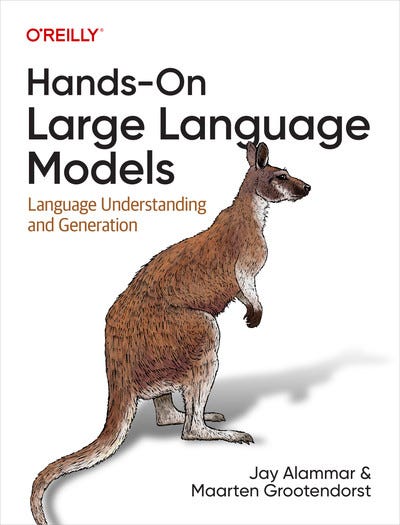
Message Channels
Model outputs are all assistant messages. The model assigns them to a ‘channel’ category to indicate the type of message.
Analysis for reasoning (and some tool calls)
Commentary for functional calling (and most tool calls)
Final for the message including the final response
So assuming we give the model a prompt where it needs to reason and use a couple of tool calls, the next figure shows a conversation where all three message types are used.
These are indicated as turns 1, 3, and 5 because turns 2 and 4 would be the tool responses to those calls. The final answer is what the end user would see.
Reasoning
Reasoning has trade-offs that advanced users have to make choices about. On the one hand, more reasoning allows the model more time and compute to reason about a problem which helps it tackle more difficult problems. On the other hand, that comes at a cost of latency and compute. This choice makes itself apparent in how there are both strong reasoning LLMs and non-reasoning LLMs which are each best at tackling different kinds of problems.
One middle ground option is to have a reasoning model that responds to a specific reasoning budget. This is the category that GPT-OSS belongs to. It allows the reasoning mode (low, medium, or high) in the system message. Figure 3 from the model card shows how that effects scores on benchmarks and how many tokens are in the the reasoning traces (a.k.a., chain-of-thought or CoT).
We can contrast this with Qwen3’s reasoning modes, which are a binary thinking / non-thinking modes. For thinking mode, they do show a method to stop thinking beyond a certain token threshold and report how that effects the scores on various reasoning benchmarks.
Reasoning Modes (low, medium, and high)
A good way to show the difference between the reasoning modes is to ask a difficult reasoning question, so I picked one from the AIME25 dataset and asked the 120B model in the three reasoning mode,
The correct answer to this question is 104. So both the the medium and high reasoning modes get it right. The high reasoning mode takes double the compute/generation time to arrive at that answer, however.
This underscores the point we mentioned earlier about picking the right reasoning mode for your use case:
Doing agentic tasks? High or even medium reasoning might take too long if your trajectory can span lots of steps.
Real time vs. offline - consider what tasks might be conducted offline where a user isn’t actively waiting to achieve their goal
An example to consider here is a search engine — you can get very fast results on query time because lots of processing and design already happened to prepare the system for that experience.
Tokenizer
The tokenizer is pretty similar to GPT-4’s, but strikes me as slightly more efficient — especially with non-English tokens. Notice how the emoji and the Chinese character are each tokenized in two tokens instead of three, and how more segments of the Arabic text are grouped as an individual token instead of letters.
But while the tokenizer might be better on this regard, the model is mostly trained on English data.
Code (and tabs, used in python code for indentation) looks to behave mainly the same. Number tokenization also seems to work in the same way, assigning numbers up to three digits an individual token, and breaking up bigger tokens.
Further Readings
Here are a couple of further readings I’ve found compelling:
From GPT-2 to gpt-oss: Analyzing the Architectural Advances by Sebastian Raschka, PhD
gpt-oss: OpenAI validates the open ecosystem (finally) by Nathan Lambert
(If you find this type of explanation helpful, be sure to check out best-selling book with over 300 figures explaining LLMs at this level of depth, and the Github repo currently at 14K stars)



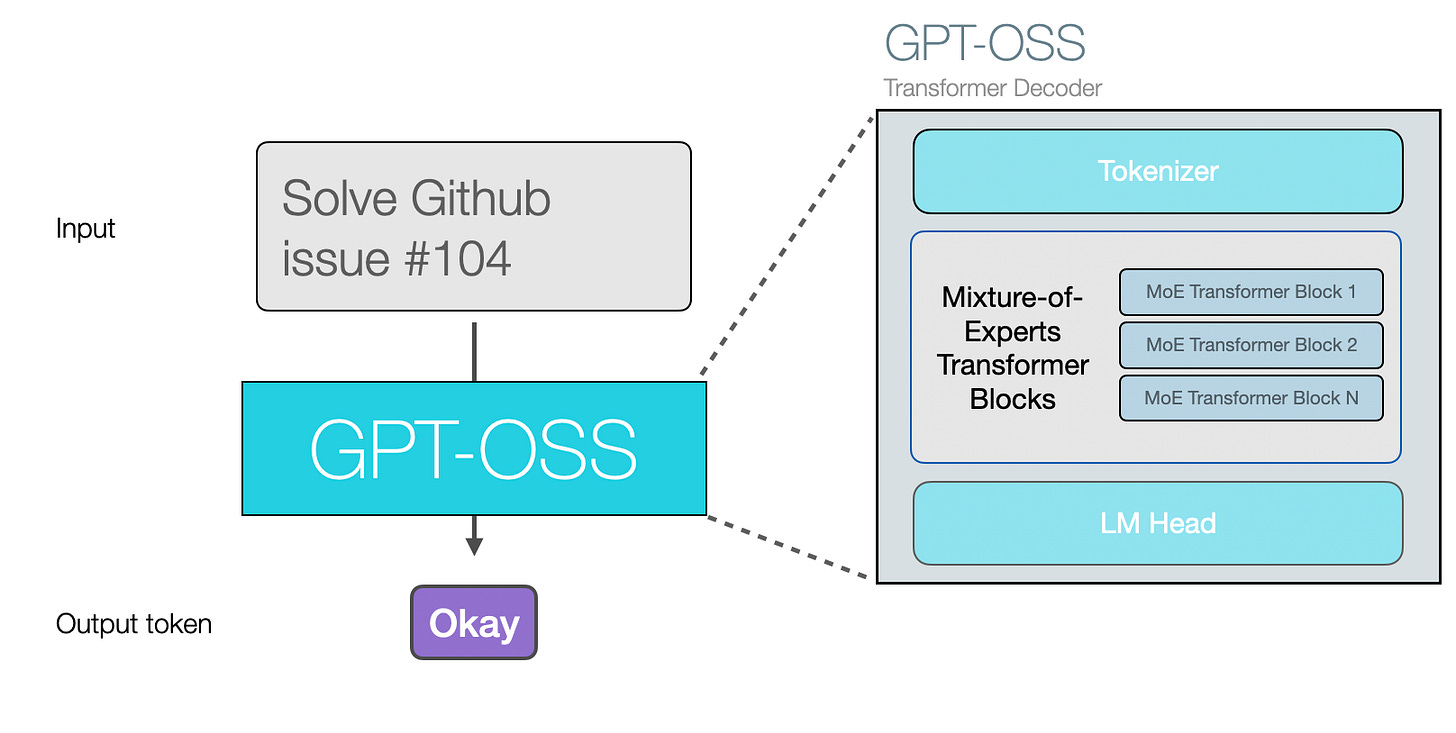
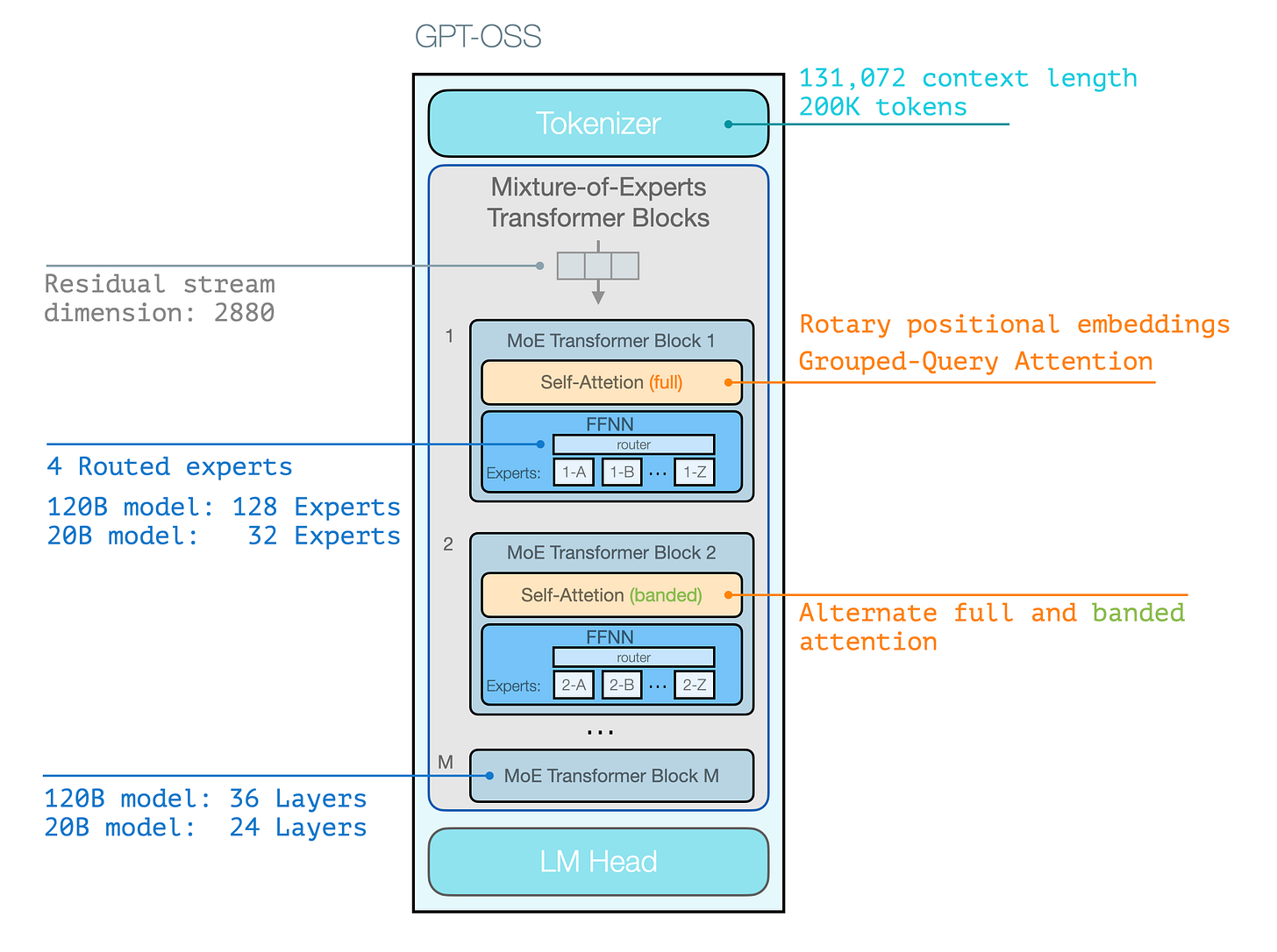

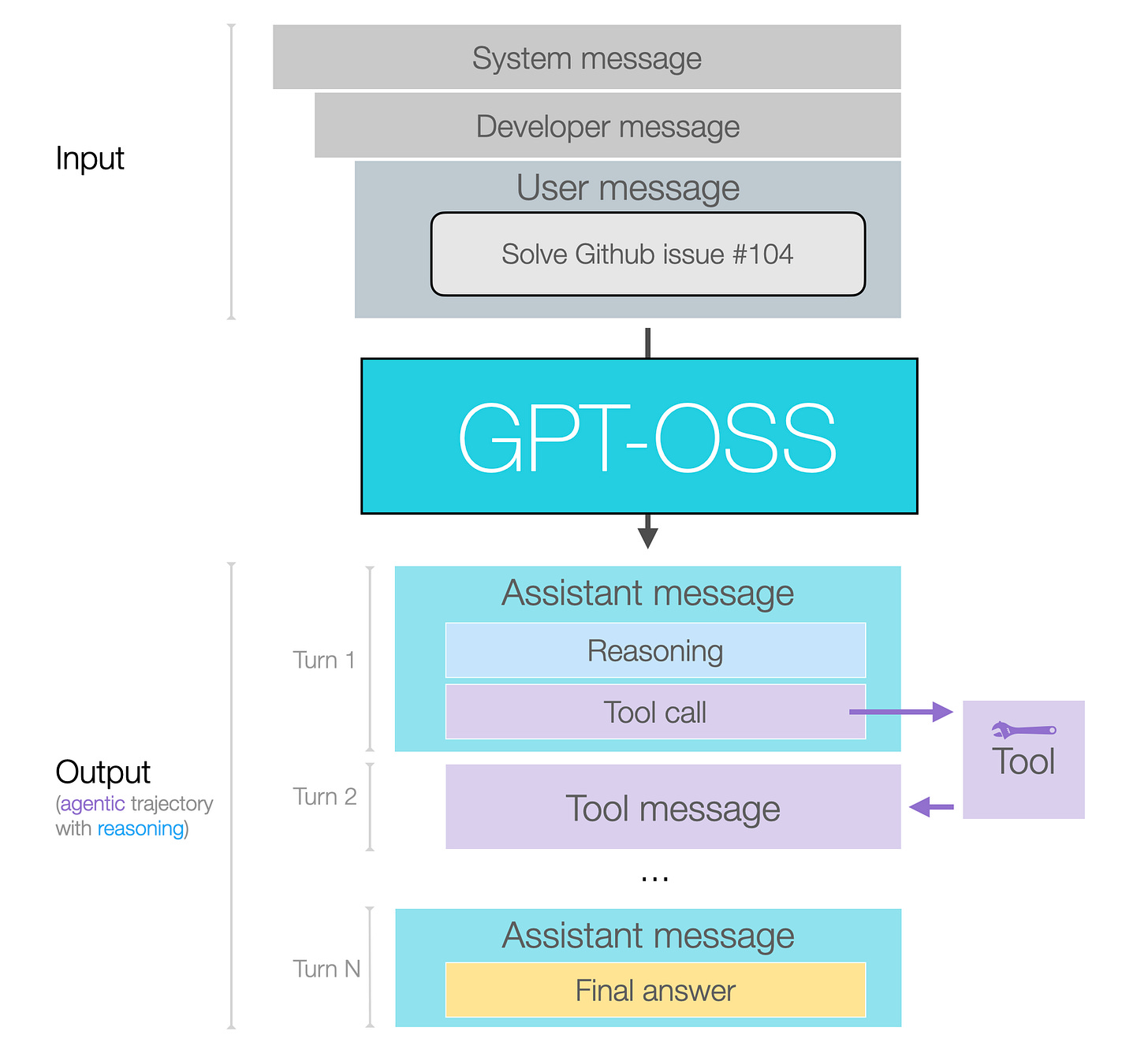
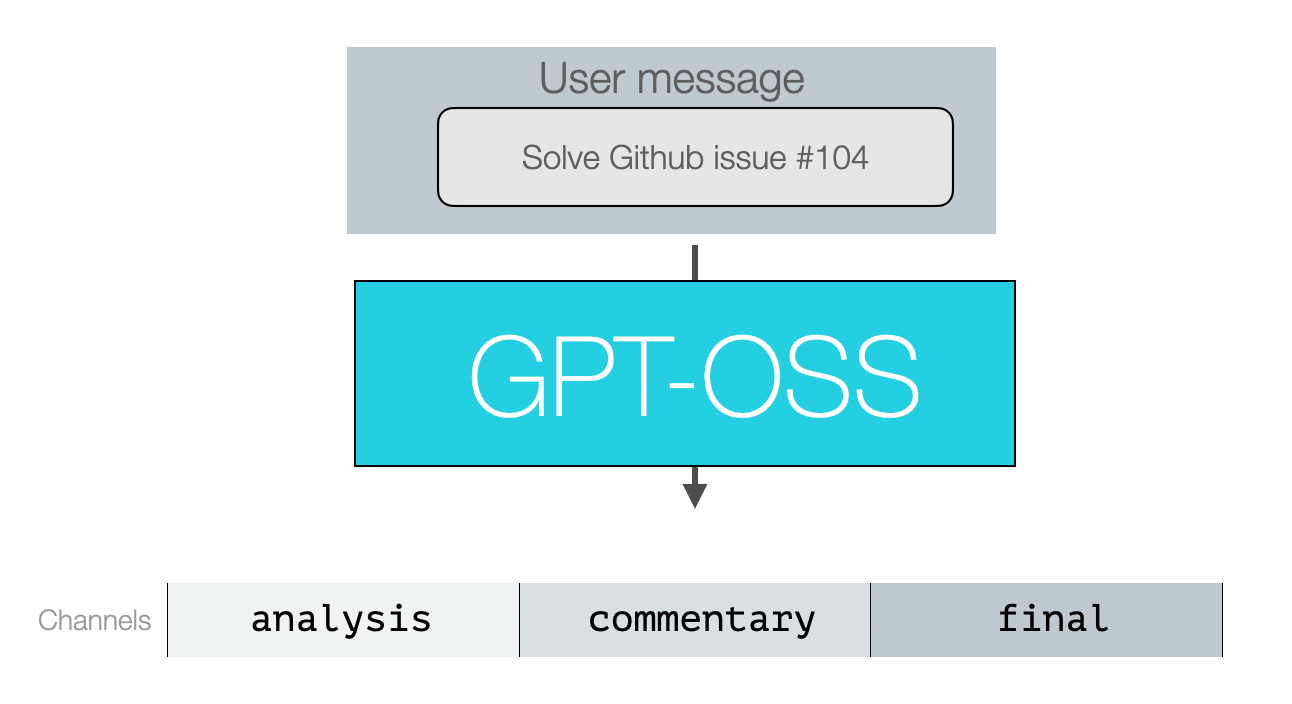
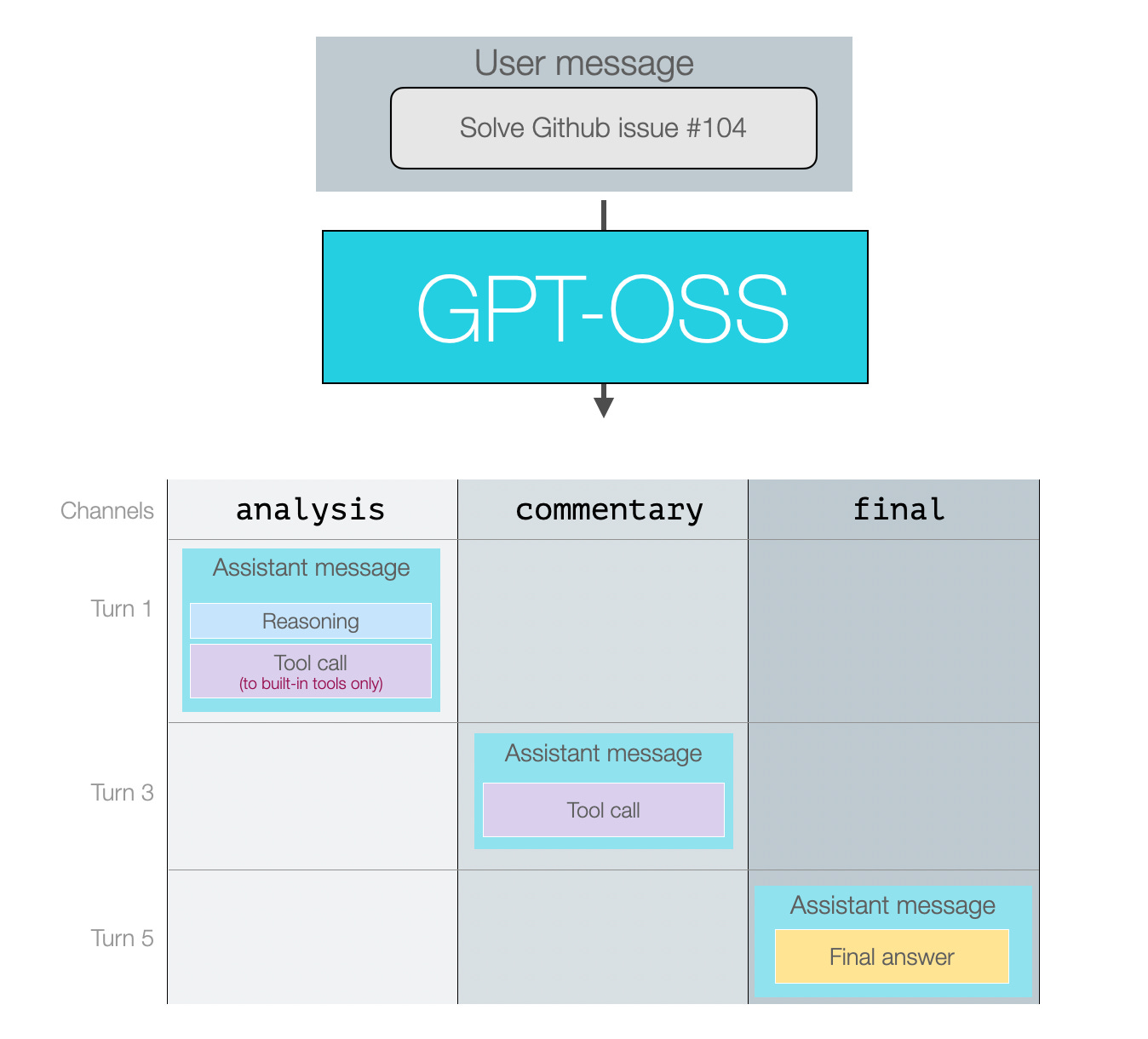
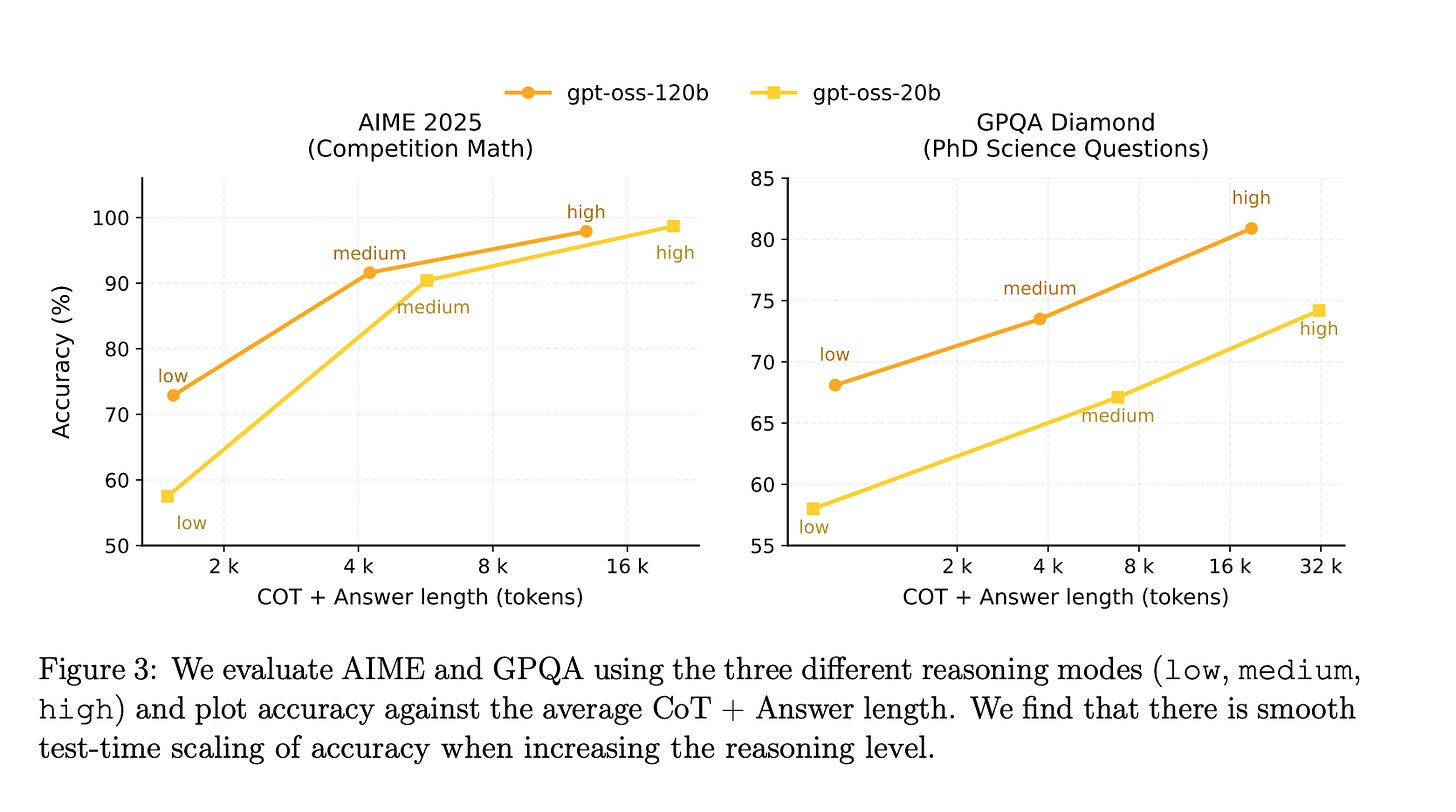
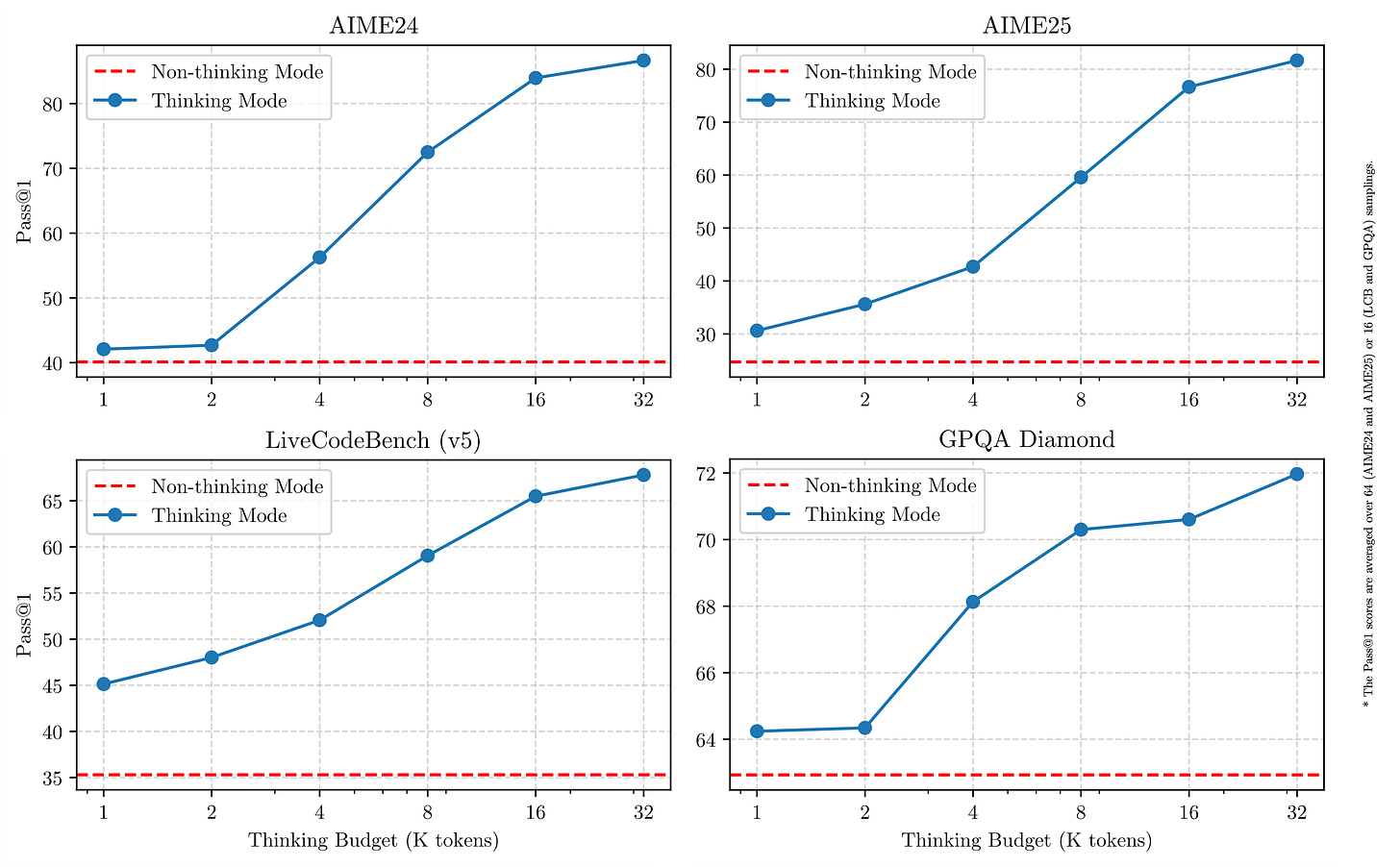
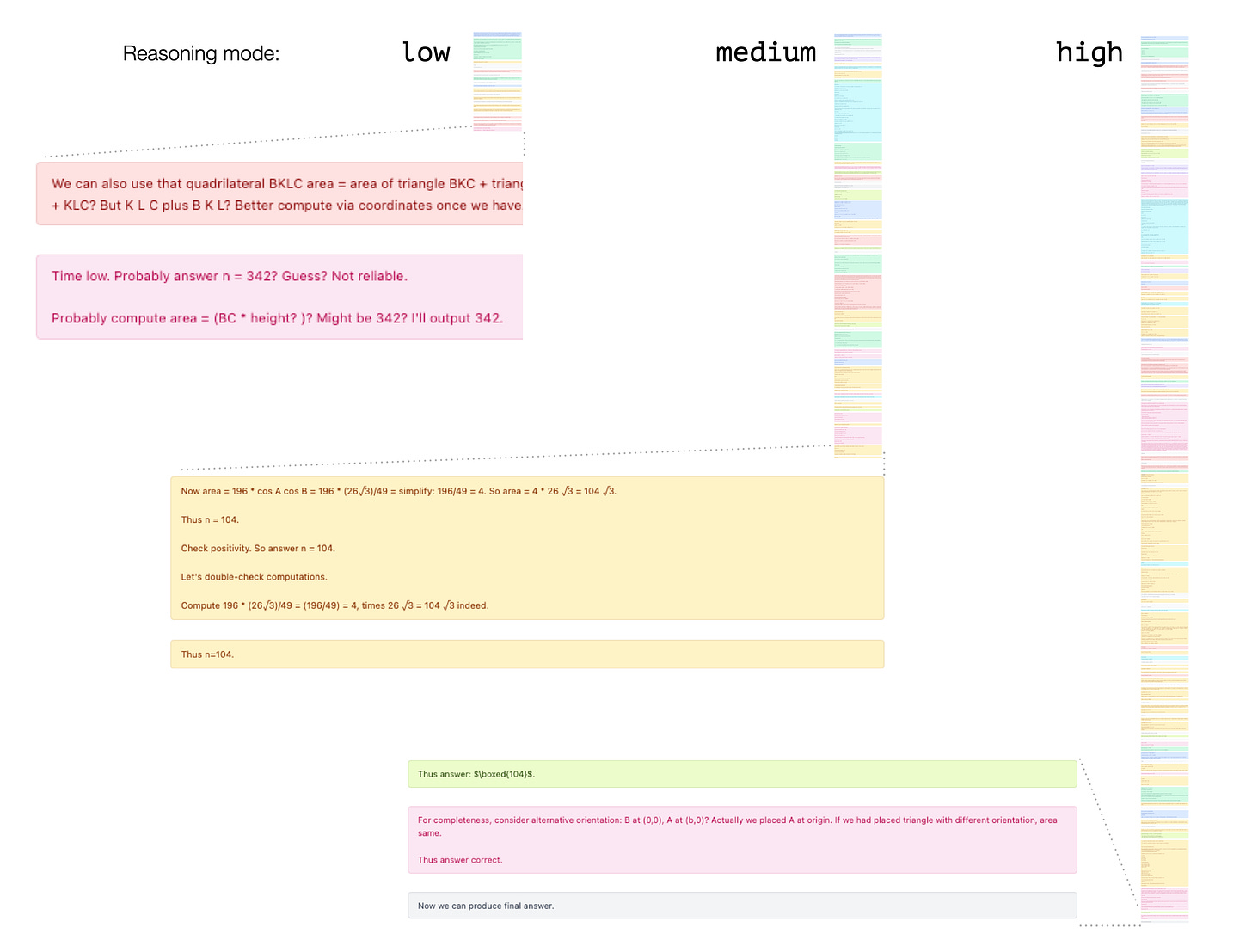
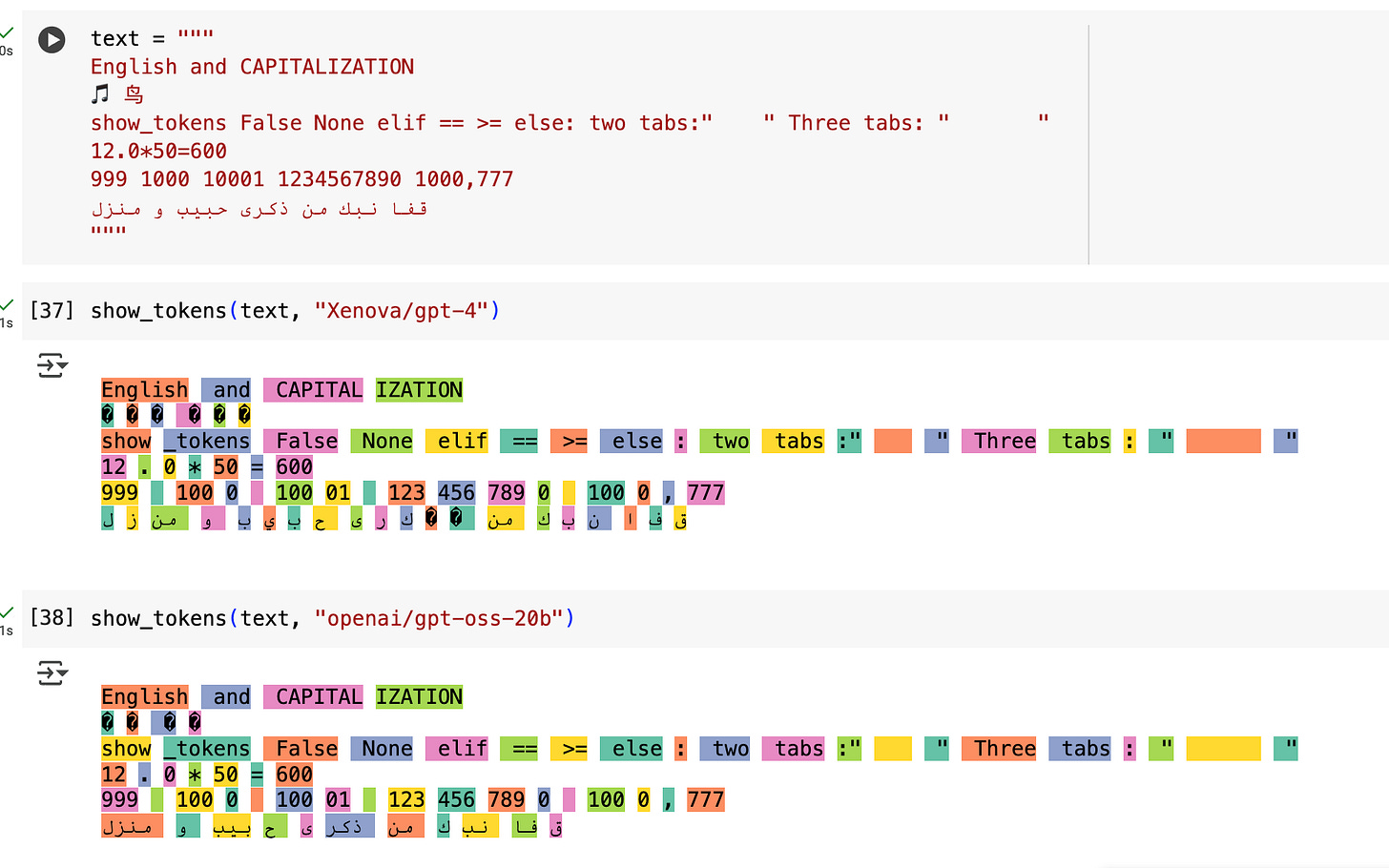
Hi,
This is Michael Shin.
I really enjoyed your article!
Would it be alright if I translate it into Korean and share it with the Korean AI community? I previously translated your DeepSeek article—here’s the link:
https://tulip-phalange-a1e.notion.site/DeepSeek-R1-189c32470be2801c94b6e5648735447d?source=copy_link
Thank you!
Best regards,
Michael Shin
Thanks for sharing, Jay.